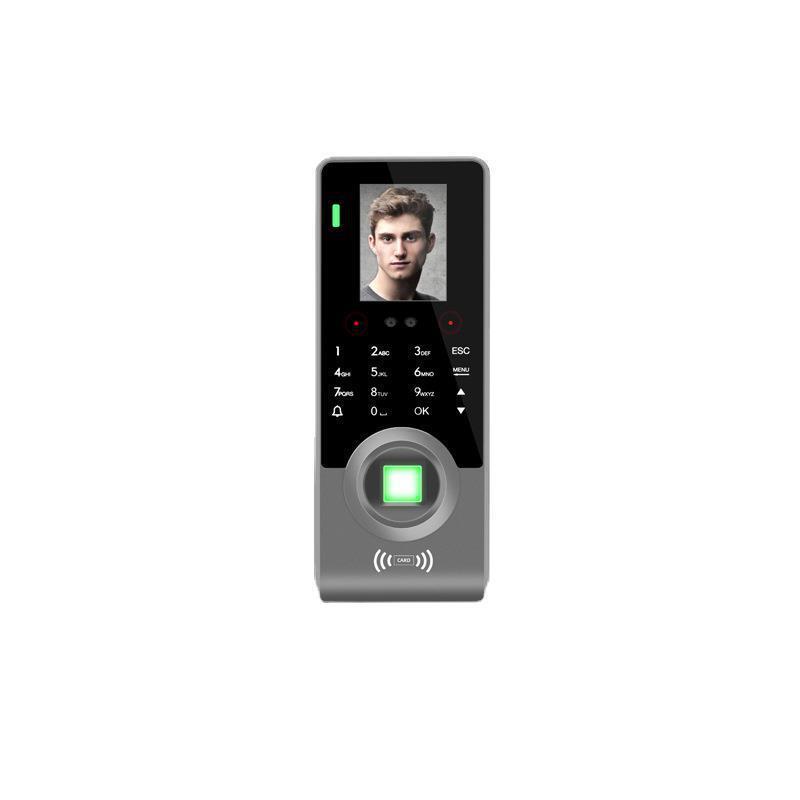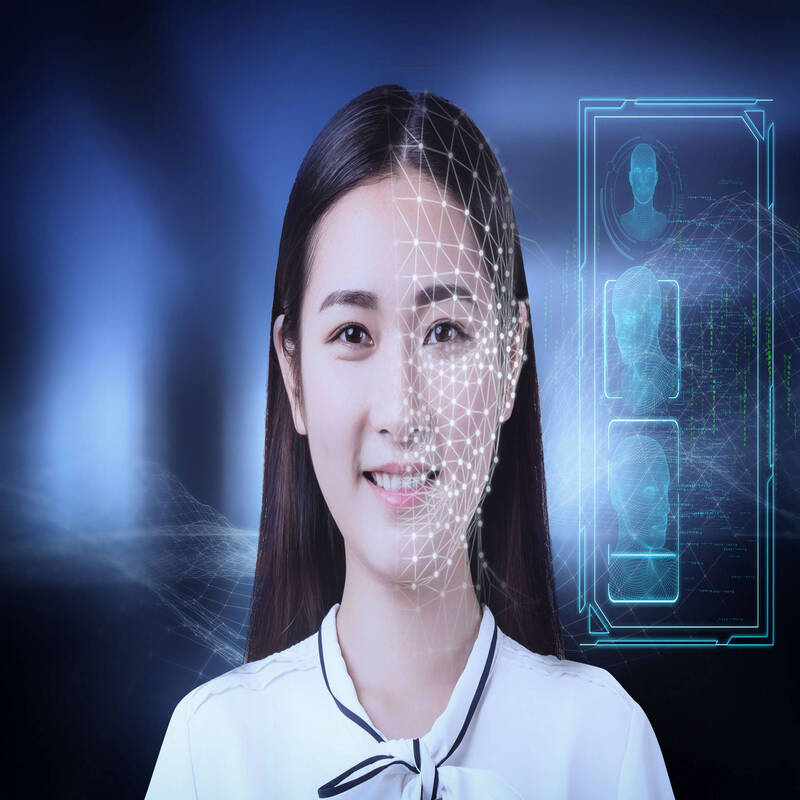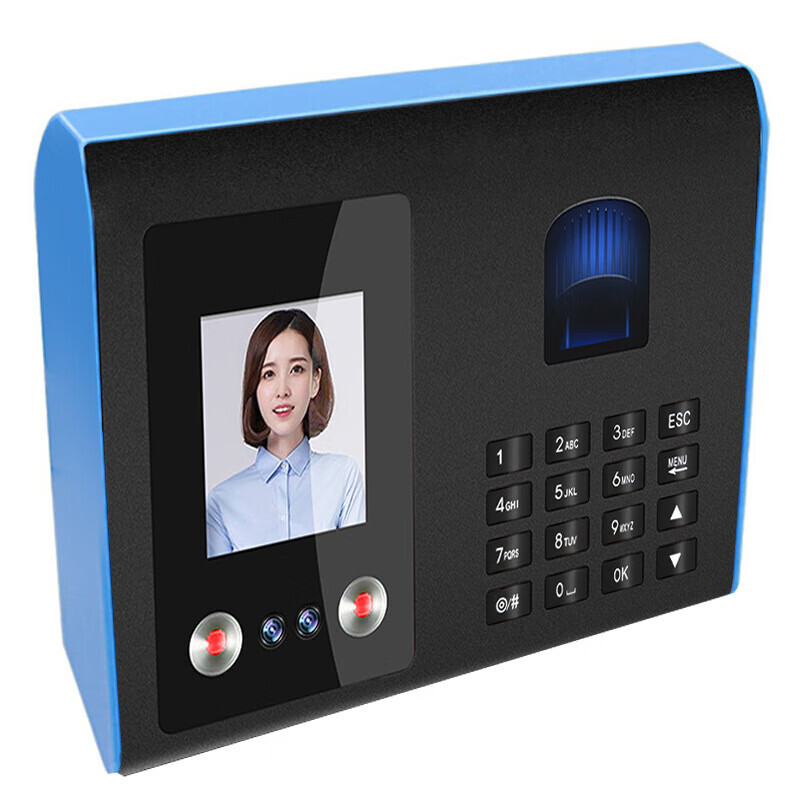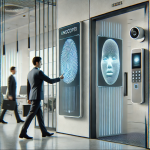Introduction to Facial Recognition Technology
Facial recognition technology has transformed security and convenience. It uses algorithms to identify faces in images and real-time videos. This technology is a form of biometric identification like fingerprint or iris scanning. It’s used in various domains from unlocking smartphones to enhancing airport security. In essence, facial recognition enables machines to mimic human ability to recognize faces. This introduction explores how does facial recognition technology work and its widespread applications.
Core Mechanisms Behind Facial Recognition
Facial recognition technology relies on a series of steps to identify individuals. This process begins with identifying features and ends with a verification match. Let’s delve into the core mechanisms that enable facial recognition to function effectively in various applications.
Step 1: Face Detection
The first step involves detecting a face within a digital image or video frame. Software scans for facial features, like eyes and nose. It distinguishes faces from other objects in the scene.
Step 2: Face Analysis and Feature Extraction
Once a face is detected, the system analyzes it to identify unique features. This includes measuring the distance between eyes, the shape of the cheekbones, and the jawline contour.
Step 3: Converting Analog Information to Digital Data
The software translates facial features into digital data. Think of this as creating a digital ‘map’ of a face, which forms a unique code, known as a faceprint.
Step 4: Matching and Verification Process
Finally, the faceprint is compared to a database of known faces. If there’s a match, the system can confirm the individual’s identity. This step is crucial for verification in security and personal devices.

The Role of Algorithms in Facial Recognition
Understanding Algorithms
Algorithms are the backbone of facial recognition systems. They dictate how images are processed, analyzed, and compared. Various algorithms are designed for different tasks, ranging from basic feature detection to advanced machine learning techniques. The effectiveness of these algorithms significantly enhances the technology’s reliability.
Machine Learning and Neural Networks
Neural networks play an essential role in improving facial recognition accuracy. These networks mimic the human brain’s workings, allowing machines to learn from vast amounts of data. By training on diverse datasets, they can identify faces under varying conditions. This adaptive learning process enables the system to become increasingly accurate over time.
Practical Applications of Facial Recognition
Facial recognition technology work not just a concept; it has real-world applications that affect daily life. From enhancing security to personalizing consumer experiences, this technology is expanding its footprint across various sectors. Let’s take a closer look at some of the practical applications of how facial recognition technology work.
Security and Law Enforcement Uses
Facial recognition tech plays a vital role in security and law enforcement. It helps identify suspects quickly, eases the search for missing persons, and prevents unauthorized access to secure areas. Law enforcement agencies use it to match faces in crowds with those on watchlists. This can deter crime and aid in investigations.
Convenience in Personal Devices
Smartphones and tablets now use facial recognition for quick unlocking. This tech brings convenience to users. It ensures only the device owner has access. By recognizing your face, it allows you access to your personal apps and data safely.
Airports and Border Control Implementation
Airports are using facial recognition to speed up boarding and immigration processes. This technology checks traveller identities against passport photos. It reduces wait times and improves airport security. Soon, face scans may replace boarding passes entirely.
Retail and Banking Innovations
In the retail and banking sectors, facial recognition enhances customer experiences. Retailers use it to spot known shoplifters. Banks let customers authorize transactions with a glance. This tech could make passwords and physical cards obsolete in the future.

Healthcare and Patient Management
Hospitals are adopting facial recognition for patient care. It streamlines the check-in process and helps in patient identification. The tech can also detect pain levels or emotional states. This leads to better patient care and management.
Marketing, Advertising, and Entertainment
Facial recognition is changing the game in marketing and entertainment. Marketers use it to gauge reactions to ads. In entertainment, it creates personalized experiences. Interactive billboards show ads based on the audience. In games and movies, it enhances user interaction.
Ethical Considerations and Privacy Concerns
Facial recognition technology raises important ethical and privacy concerns. It’s vital to discuss the potential risks and the necessity for safeguards. Below, we examine issues surrounding mass surveillance, recognition errors, and the need for regulations.
Potential for Mass Surveillance
Critics argue that facial recognition could lead to widespread surveillance by governments or corporations. Such technology could track individuals without consent, infringing on privacy and freedom. The idea of being constantly watched by unseen tech is unsettling for many.
Errors in Recognition and Privacy Breaches
No technology is error-free, and facial recognition can misidentify people. This can lead to wrongful accusations or denial of services. Privacy breaches occur when data is stolen or misused. Protecting biometric data from such incidents is a challenge.
Regulatory and Ethical Frameworks
To address these concerns, strong regulatory and ethical frameworks are necessary. Laws must protect citizens’ privacy and ensure technology use is fair and accountable. Developing global standards for the ethical use of facial recognition is crucial for its acceptability.

The Future of Facial Recognition
As facial recognition technology evolves, it promises even more innovative applications and impacts. Understanding its trajectory helps us prepare for upcoming changes, both in technology and legal frameworks.
Advancements in Technology
Future advancements in facial recognition may bring even greater accuracy and speed. Researchers are working on 3D facial recognition, which could improve performance in varied lighting and angles. Another focus is on emotion recognition, enabling machines to interpret human feelings. Systems could also become more resistant to attempts at deception, such as using photos or masks. Nevertheless, with these advances, the line between security and privacy blurs even more, prompting a need for dialogue and regulation.
Possible Legal and Societal Impacts
Legal systems will need to adapt to the new realities posed by facial recognition. Issues of consent, data protection, and individual rights will come to the forefront. Societal impacts could be broad, affecting surveillance norms and personal freedoms. The technology may revolutionize law enforcement tactics, but it could also raise concerns about profiling and discrimination. Public debates and legislative measures will likely shape how does facial recognition technology work and integrates into society, aiming to balance innovation with ethical use. Society must navigate these waters carefully to harness the benefits of facial recognition while mitigating the risks.
Conclusion: Balancing Benefits and Risks of Facial Recognition Technology
As we embrace facial recognition, understanding the balance between benefits and risks is key. This technology offers security and convenience, but not without raising privacy concerns. We must proceed with caution, ensuring it’s used ethically and responsibly.
Facial recognition’s future is bright, with potential for greater security and personalized experiences. Yet, we cannot ignore the privacy implications of widespread facial surveillance. Clear regulations and ethical practices can help ensure the technology benefits society without compromising individual rights.
In sum, facial recognition is a powerful tool for modern life. It can make our daily routines easier and safer. However, its growth demands careful oversight to protect our privacy and freedom. As technology advances, so should our commitment to using it wisely and fairly. By doing so, we can enjoy the perks of facial recognition while minimizing its risks.


